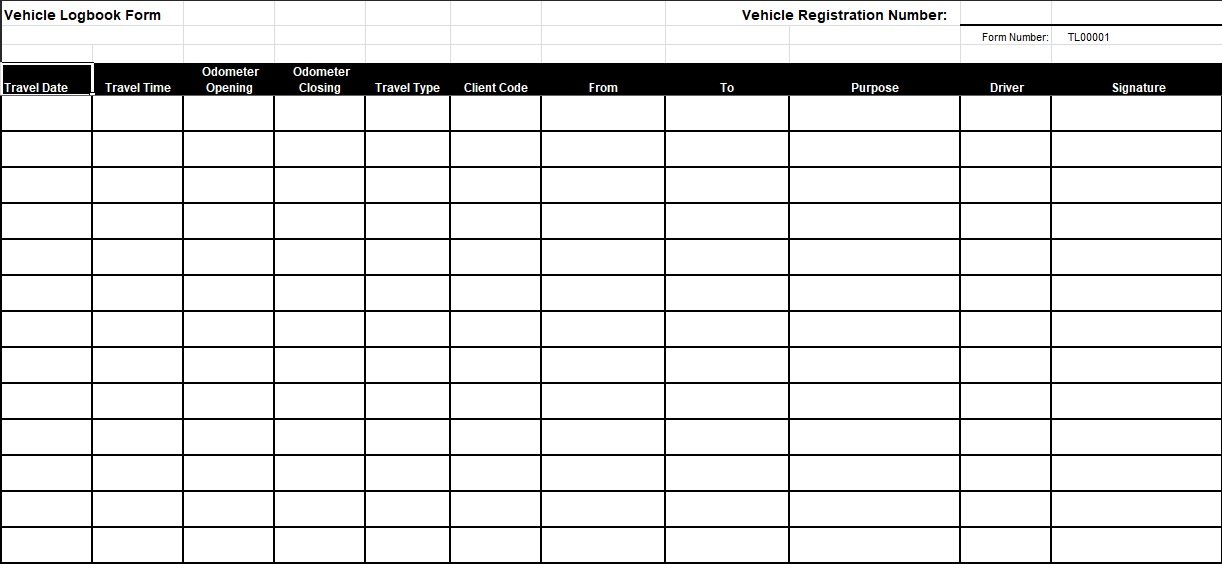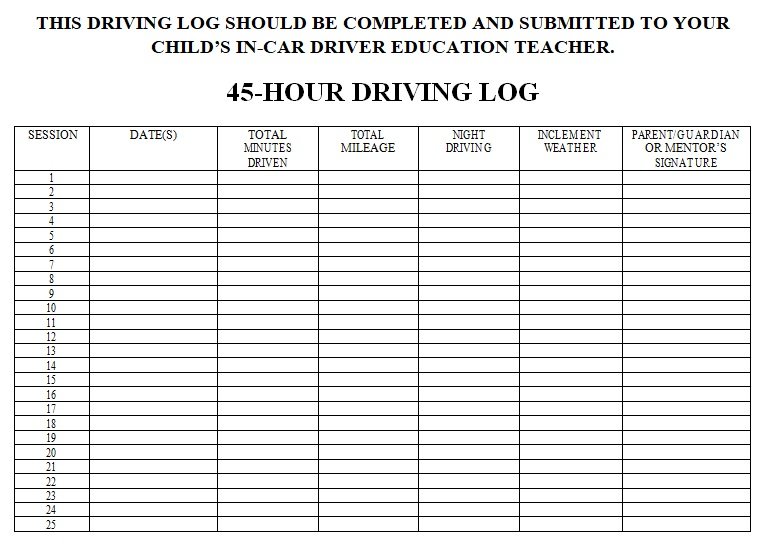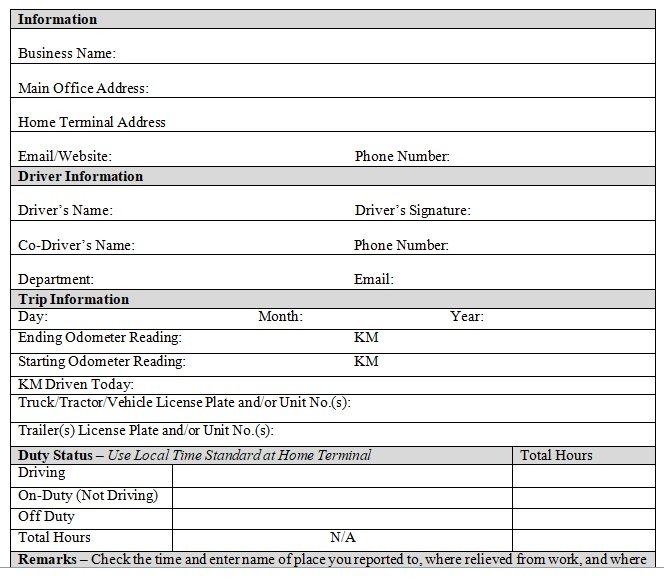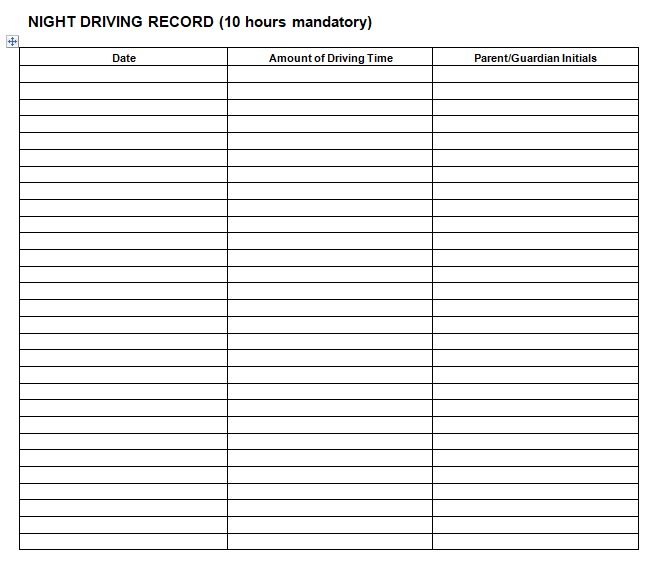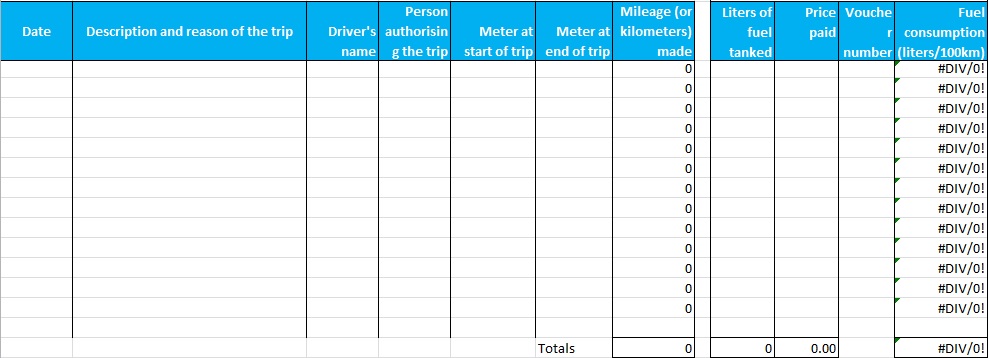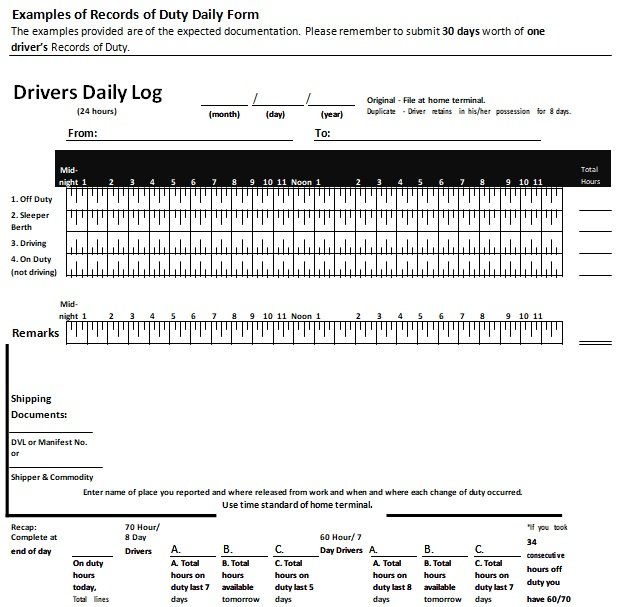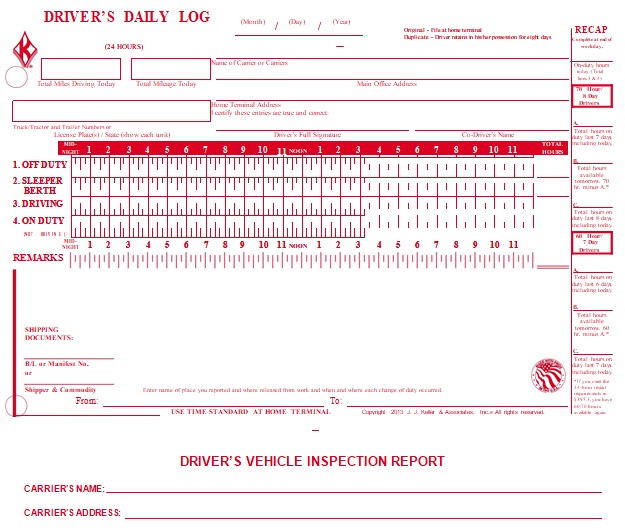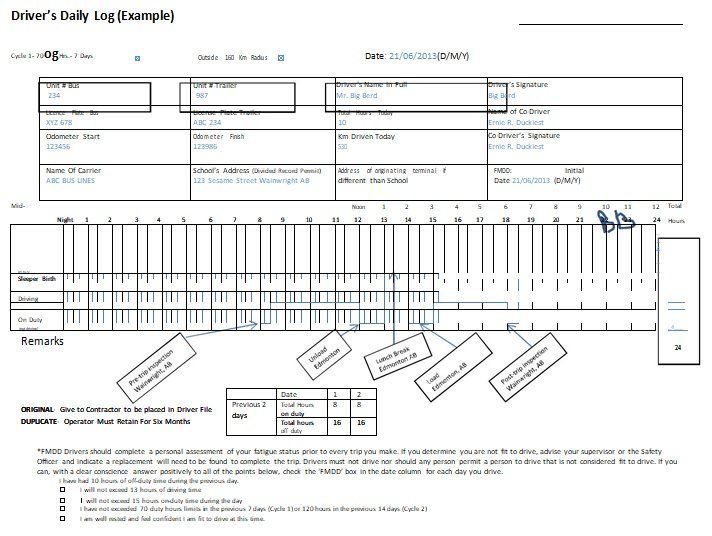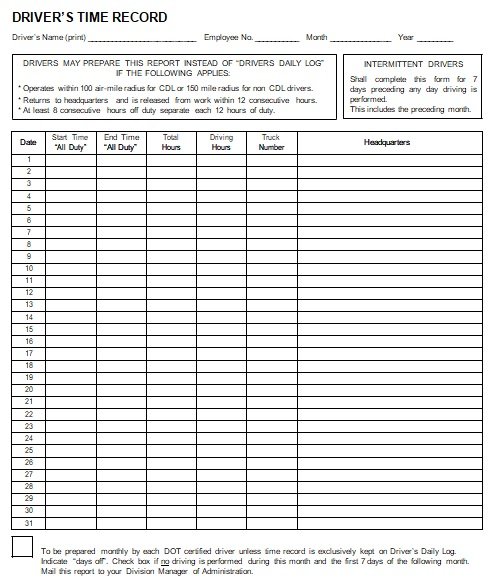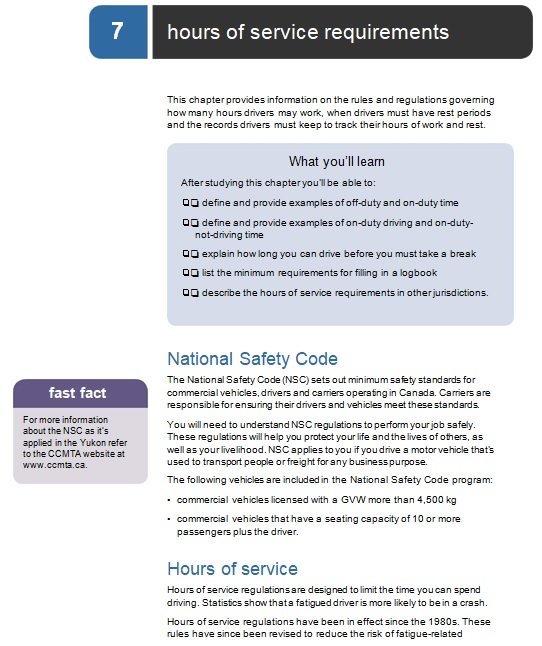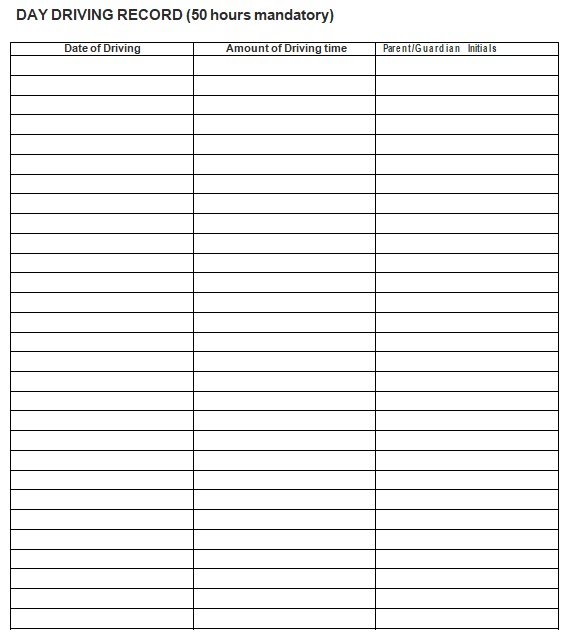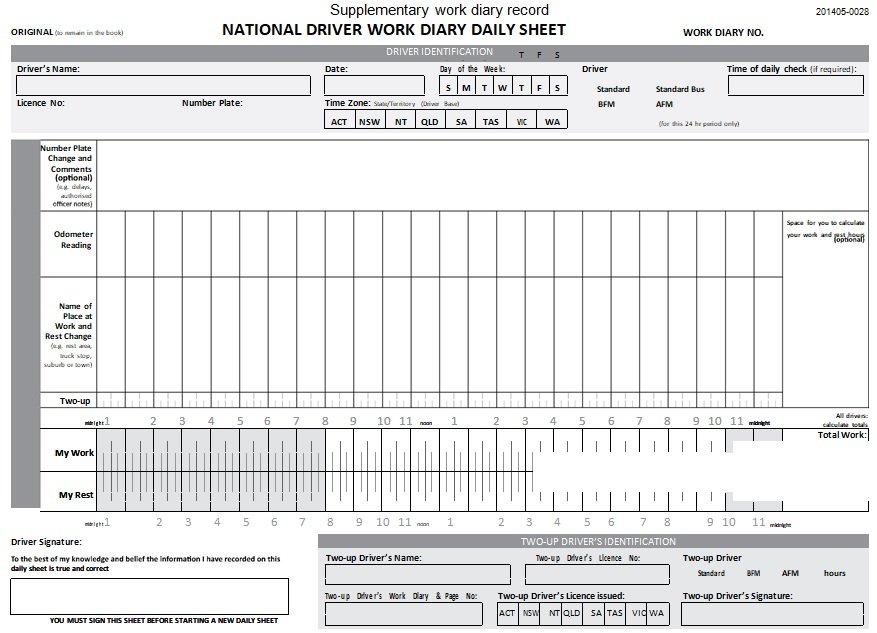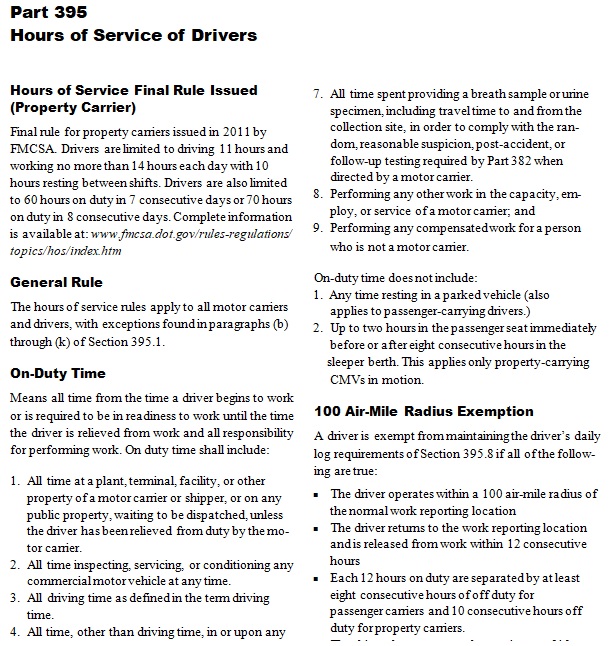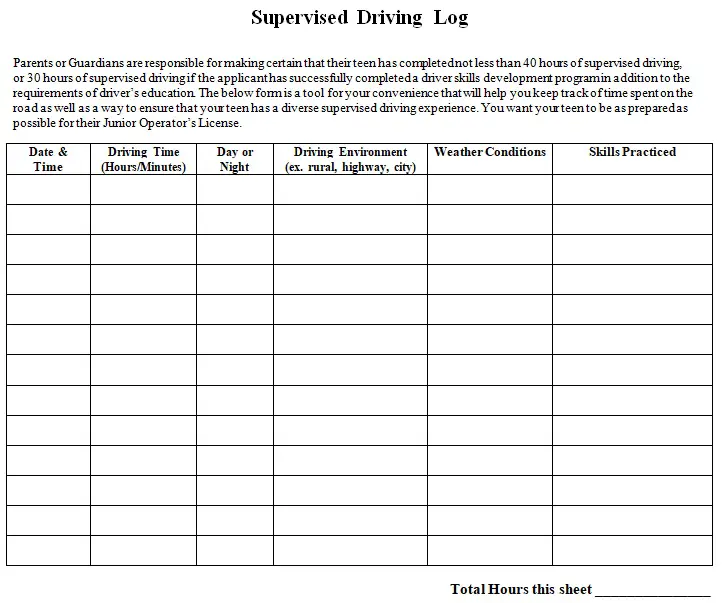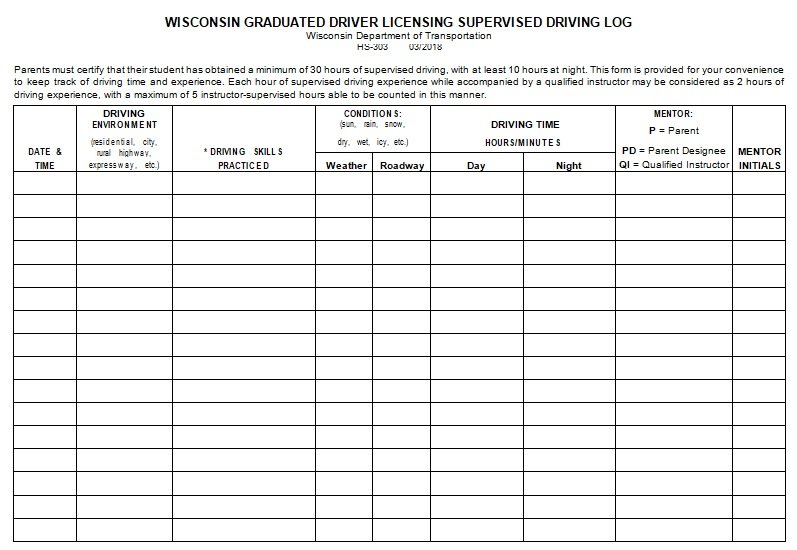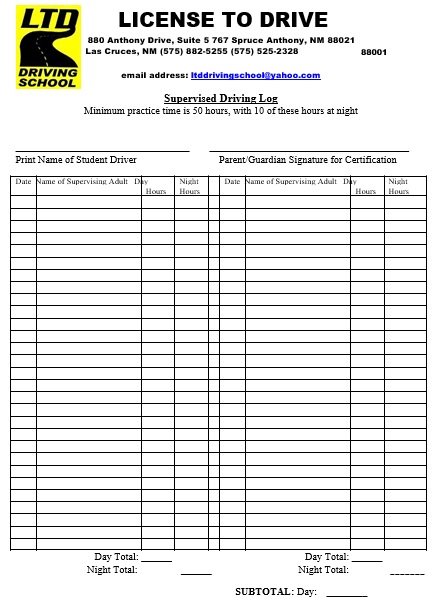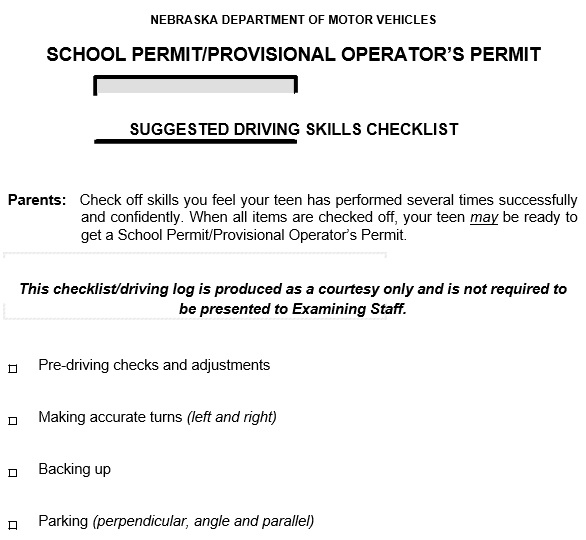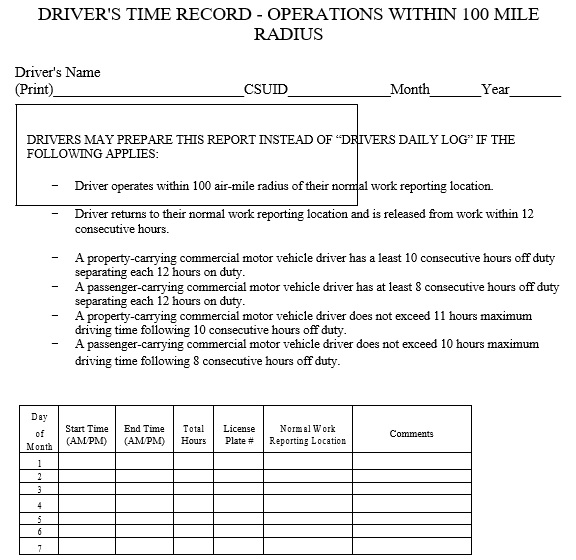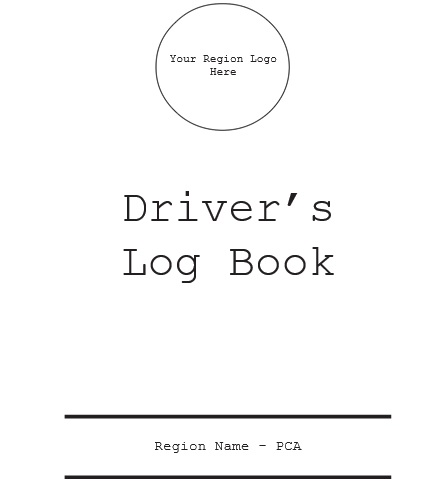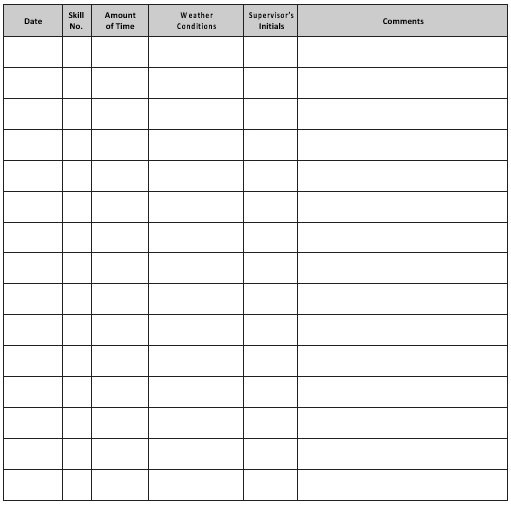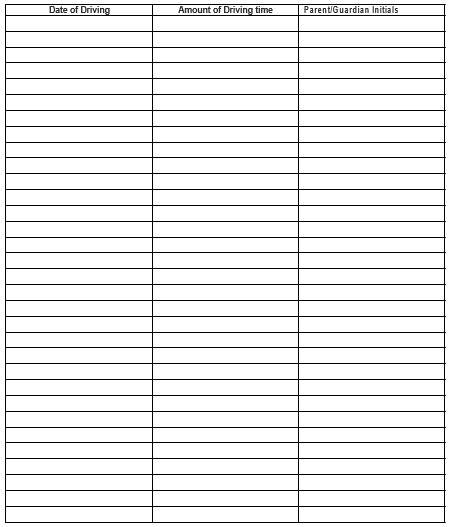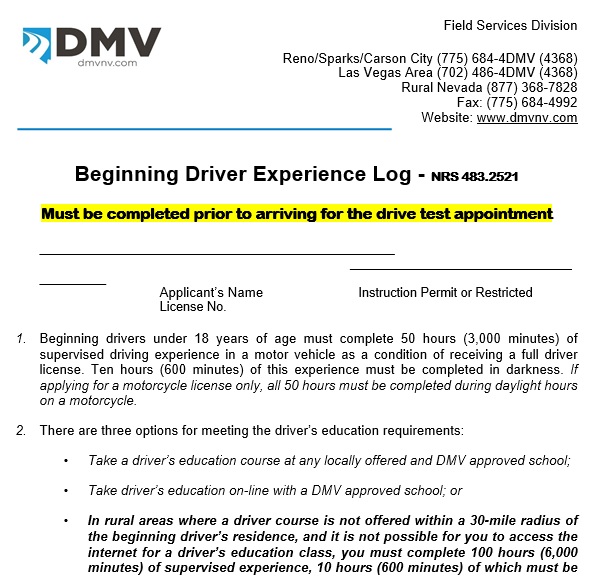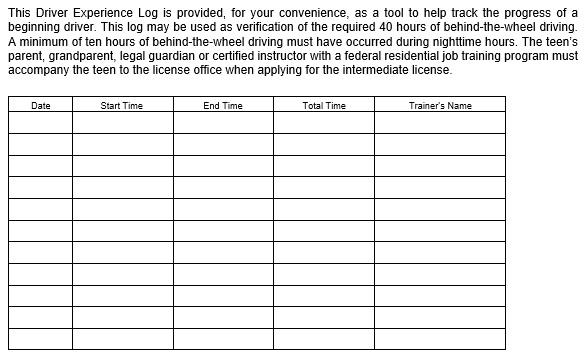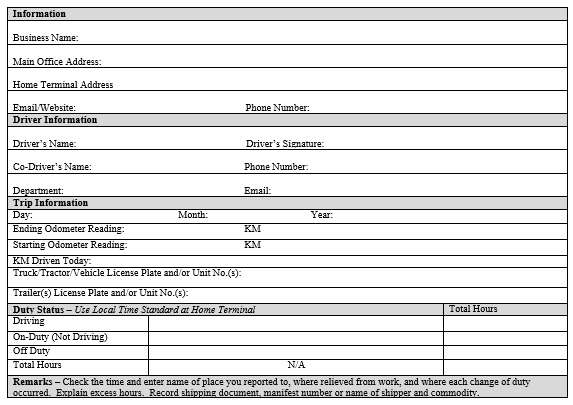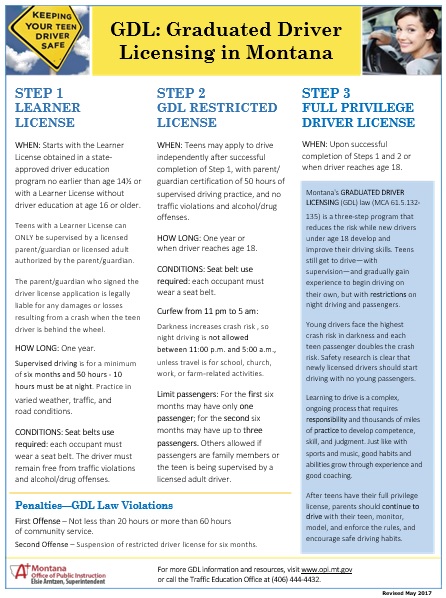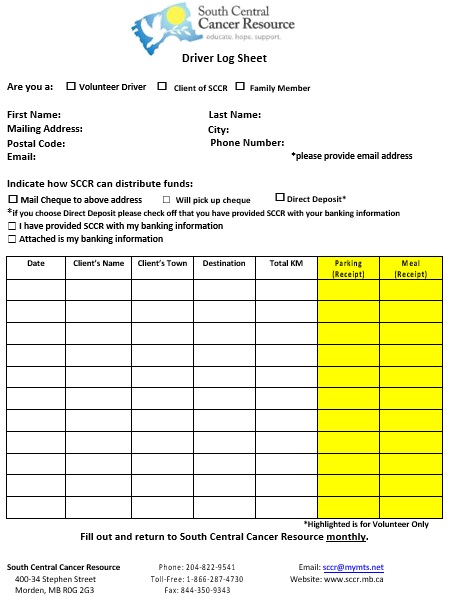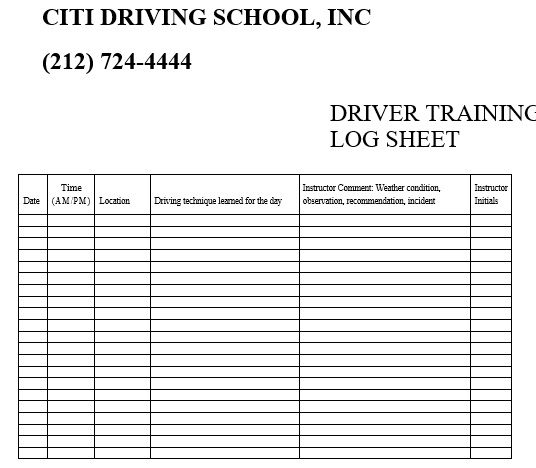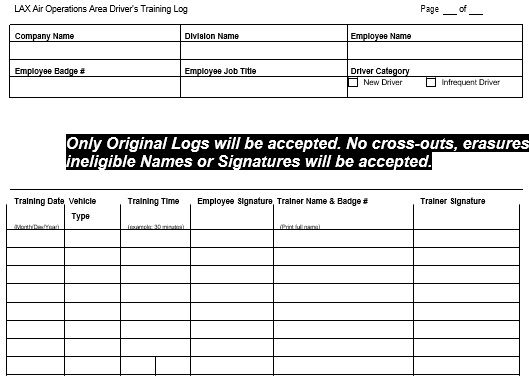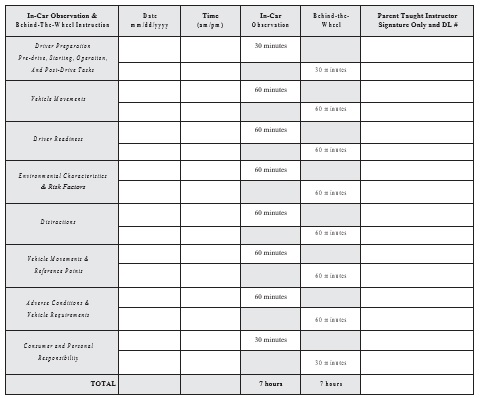Different types of drivers use a driver log book template to keep track of the daily trips and activities that they do. They use it to track their duty status hours as per the regulations set by the US Department of Transportation (DoT). This tool ensures the safety of both the driver and the public.
Moreover, it is essential for drivers to record the total hours they spend driving. They should also update the logbook to reflect any occurrences. These may include;
- Duty status changes
- Violations of hours of service
- Violations of driving time or rest break
- Any accident that has been involved within 24 hours
The driver is responsible for making sure that all entries are accurate, complete, and up to date in order to avoid any issues.
Table of Contents
What is a driver log book?
A log book is an official document that contains all the information about the vehicle. Hence, a driver log book is also an official document that contains all the details about daily trips and activities that drivers do.
A driver log book is used by bus drivers, train drivers, company drivers, truck drivers, and taxi drivers. This document is necessary for the drivers to ensure that they are doing their jobs well.
What is a driver’s daily log book?
A driver’s daily log book is a document used by drivers to keep a record of their driving hours. This is a federal law not only a safety measure. The drivers have to keep up-to-date logs according to the Federal Motor Carrier Safety Administration (FMCSA).
You may receive fines from the FMCSA if your daily logbook is not up-to-date. All drivers should update their driver’s daily log book every day because of the fines associated with failure to record driving hours.
Four sections of a standard driver logbook:
- Off-duty: This section should record the number of hours spent on non-official activities.
- Driving: The number of hours spent driving should be recorded here.
- Sleeping: The time that the driver spends resting or sleeping should be recorded in this section.
- On-duty (not driving): Here, specify the number of hours spent on official duties other than driving.
The important components of a driver’s daily log:
The elements of a driver’s daily log may vary from company to company. Some companies need more details than required by the federal government. However, the following important details are included in the log;
Home Terminal
The home terminal for the driver should be indicated in the driver’s log book. This is the place where the driver dispatches from at the starting of their haul. This may be the main office in some cases. Generally, most long-haul truckers receive their cargo from a secondary site. This is basically the home terminal on their driver’s log book records.
Main office address
The corporate address for the employer will also include in the log. The main office’s address will be listed here in case the employer has offices throughout the country.
Breakdowns and accidents
Well-documented information about any breakdowns or accidents is one of the most important elements of a driver’s daily log. At an appropriate time, all incidents must be documented.
The city and state where the incident occurred must be reported. On this portion of the log, drivers should include all relevant details regarding the incident.
Record of hours
It is important that the driver specifies how many hours they drove and how many hours they spent resting. For each hour of the day, most driver’s log books will have sections.
Driver’s signature
The driver must sign to specify that the given information is accurate and truthful at the end of each day’s log.
Steps to consider while completing the driver’s daily log:
Without enough rest, drivers should never handle vehicles. This can be considered as a very dangerous thing. According to federal laws, tired drivers should stay off the road. The Federal Motor Carrier Safety Administration attempts to make sure that by documenting daily activity on a driver’s daily log, drivers follow these rules.
If you don’t maintain an accurate log, you may face severe consequences such as the driver’s license getting suspended or other penalties. Follow the below steps in order to use the log properly;
Before you start driving
The layouts of a drivers log book template may vary. However, they all contain the required information. You should start filling out the form with the basic information even before you start driving. This involves the name and address of your motor carrier, the number of your truck, any shipping documents and details, and more.
While you’re driving
Logs have a grid having spans of 24 hours. You can list all of your activities in it properly. The log’s grid is used to document these activities from the beginning of your shift to the end.
Taking a Break From Driving
From the driving section, make another line to the “off-duty” section as soon as you take a break from your driving. On your break, specify how much time you spent. Recording all the activities you do is an important thing to keep in mind. This will make sure that every activities you perform is in writing.
Filling in All of The Details
You can write down statements in the remarks section that demonstrates all of the activities you have performed and where you were every time you changed your activity. You should ensure that you mention the town or city and the state you’re in. After that, specify the nearest landmark in order to assure the accuracy of your statement.
Tallying
When your shift ends, create a tally of how much time you had spent on all the different activities. You should write down the total number of hours and ensure that they all add up to one entire day. Then, note down the total number of miles you had driven for the entire shift.
Mistakes to avoid:
Failing to complete the daily log book each day is the biggest mistake drivers make. Drivers don’t have to fill it out at every stop. But, they must have a habit of updating it throughout the day will make the task easier for the driver.
Failing to fill out the log book completely is another mistake. The driver’s log books are simple and they have all the required portions. So, the employer only asks those details that the driver is able to provide.
Finally, it is essential to make sure that the written information is easily readable because is used to make sure safety and enforce federal regulations. Due to poor handwriting, the process can be hinder.
Frequently Asked Questions (FAQ)
There are various purposes of keeping log books;
1- For keeping the record of all the activities related to the vehicle and a driver.
2- For storing the ordered history of an asset, system, and building. It gives a summary of past events.
3- For capturing the maintenance logs, rebuilds, and other issues performed in the asset.
Generally, a driver’s daily log has four sections with 24 boxes each box represents the number of hours in a day. These four sections contain the shifts of drivers such as on-duty, driving, sleeping, and off-duty.
Draw a line across the hours in the proper section while filling up the driver log sheet. It represents your shift for that day. Driver log book templates also contain the name of the driver, employee name, tractor numbers, shipping numbers, and how much time the driver worked from the past week.
Properly filling out the log is of the utmost importance. Truck drivers must fill out the truck driver log book template as per the most company’s policies and the federal law. This also applies to other types of drivers from different companies.
Additionally, filling out the driver’s daily log is extremely important. Never forget to fill in the necessary information on the document, it doesn’t matter how busy you are. When the Department of Transportation or DOT performs inspections, you will have to answer for any lapses even though the logs aren’t checked daily.
Here are some tips that help you out while filling out the driver log sheet;
1- At first, write down the total corporate address of your company. Then, write down the name of the terminal address from where the dispatcher is issued
2- Mention how many hours you spent at your shift.
3- At the end of your shift, indicate the odometer reading and your driving total distance.
4- If an accident or breakdown occurs, mention it in the right way in the document. Also, indicate the state and name of the city where accidents or breakdowns took place.
5- If you are the head of many vehicles in a day then, make sure to list all the vehicles on the log.
6- Write readably and in the end sign the document.
7- At the end of each day, you have to properly fill the log and prepare it before the submission.
As time passes, you start wondering how long you have to keep the driver’s log books. According to the Department of Transportation (DOT), it all depends on the type of document that how long you should keep records.
A driver’s daily log book fall under the category of “Driver Maintenance and Performance Reports.” This category indicates information about the maintenance and performance of the drivers and their vehicles after every shift. Companies have to keep the record at least three months from the date when the driver made the report. And, it is significant to keep the files for a long time especially, for those who have space for the files at the office.

